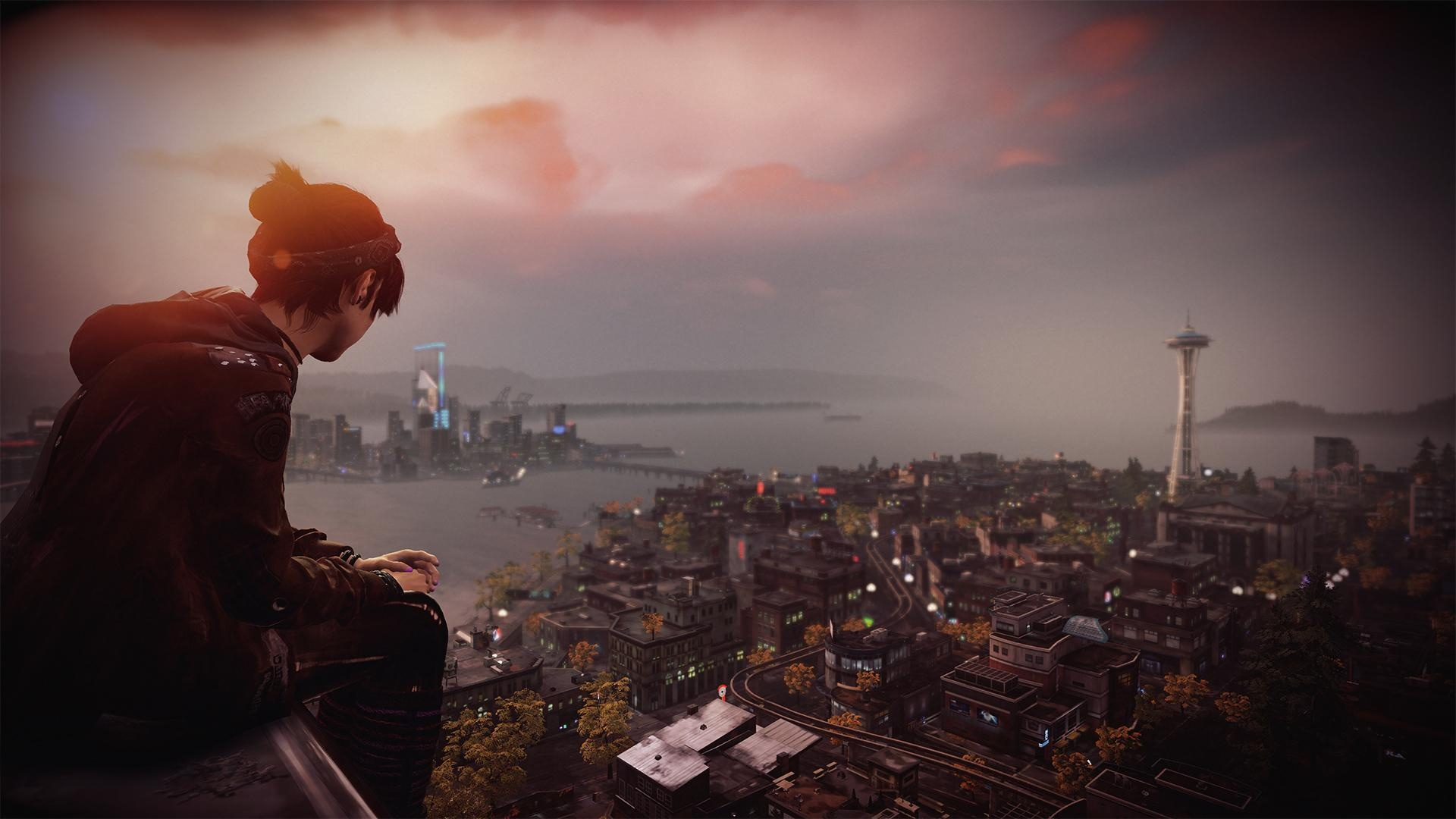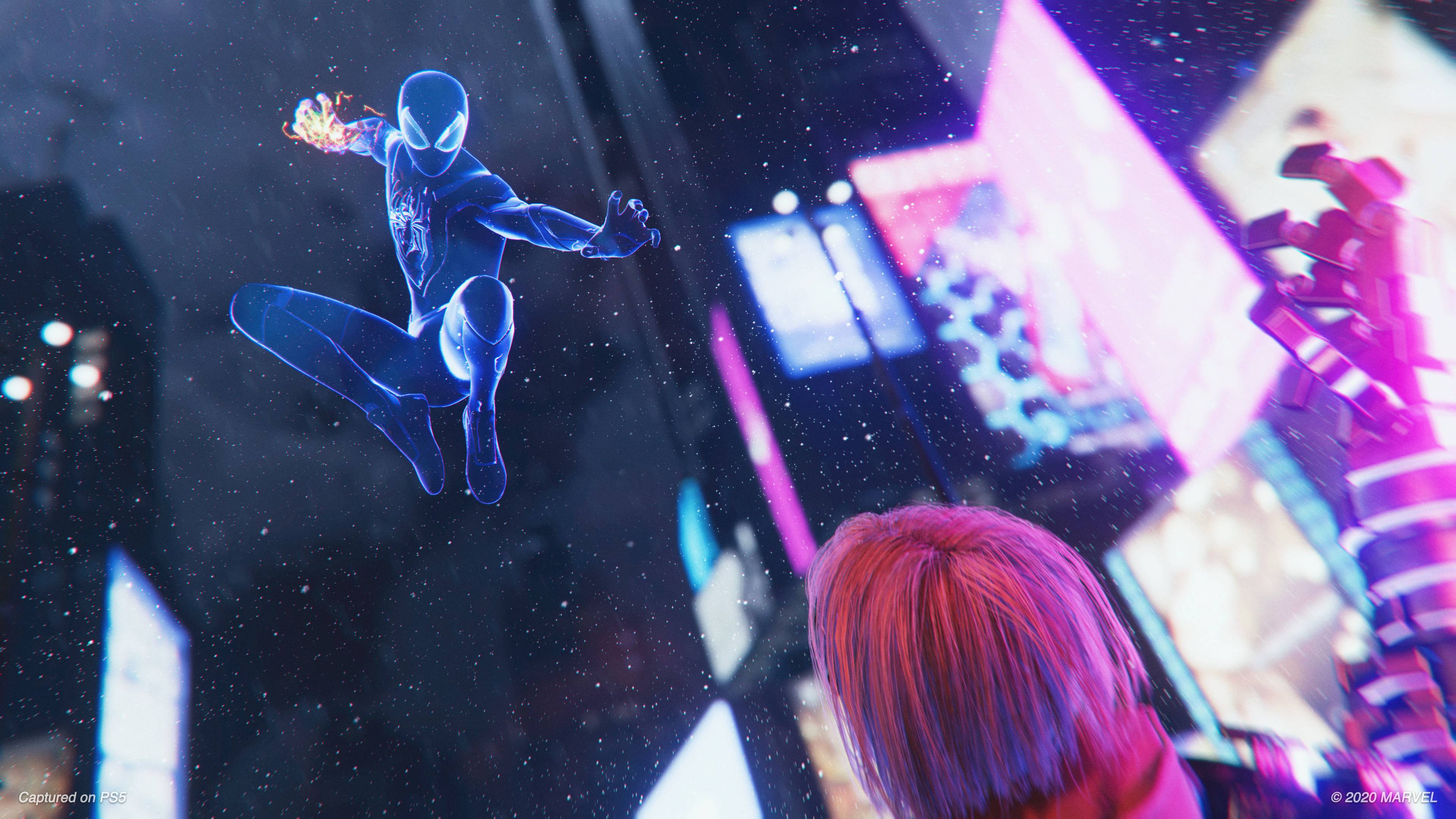With video game budgets and development times ballooning, it’s time we brought back the standalone expansion
A delicious side dish

Game development has become extremely expensive and incredibly time-consuming. New installments in successful franchises that once would have been released every two to three years are now taking upwards of four or five to come out, costing unfathomably large sums of money to get off the ground. Combine that with the fact that each console generation only lasts around six or seven years and it’s safe to say that the days of having a shiny new sequel to play every few years are well and truly over.
Although concrete financial information is usually kept under wraps, the rare glimpse behind the curtain suggests that the entire AAA gaming model is unsustainable. It’s a major issue for many developers, who are now having to create increasingly ambitious titles under ever more squeezed conditions. However, this climate also has some pretty substantial ramifications for the average consumer, who now has fewer big-name titles to play.
It’s not all doom and gloom, though, as there are always plenty of the best indie games to keep you occupied. High-quality, smaller-scale releases like Banishers: Ghosts of New Eden or Pacific Drive also undeniably go a long way to help flesh out the libraries of the Xbox Series X|S and PlayStation 5. Even so, it’s clear that the current AAA model needs to change and my suggestion would be to embrace the standalone expansion.
Short and sweet

A standalone expansion is a piece of downloadable content (DLC) that's sold separately from a game’s main release. While the format is still around, it was much more prevalent in the Xbox 360 and PlayStation 3 era, where such titles ranged from small side stories to fully-fledged additions that could be considered their own new installments. No matter their scope, standalone expansions are almost always easy to recognize thanks to their reuse of assets, story elements, or mechanics from their respective mainline titles.
Some of the most iconic standalone expansions from that time include the likes of Far Cry 3: Blood Dragon, a beloved Saturday morning cartoon-inspired gem that took the base-clearing formula of Far Cry 3 and gave it a delightful 1980s spin. There was also Halo 3: ODST, which boasted a bite-sized campaign and a couple of unique multiplayer modes for a very well-rounded package.
They might be more compact offerings than we’ve become accustomed to since the latter half of the PlayStation 4 and Xbox One generation, but a standalone expansion offers several key advantages over a traditional sequel that could make them more relevant than ever today.
Most importantly, they’re simply quicker and cheaper to develop because they reuse assets rather than starting from scratch. It seems incredibly wasteful to pour years of work into something like a highly detailed open world or intricate character animations only to toss them aside after a single use and expansions would give such elements a new lease of life.
Sign up for breaking news, reviews, opinion, top tech deals, and more.
Now that the biggest games are so expensive to create, the higher margins of a lower-budget standalone expansion could also help recoup some of those initial development costs. This would allow titles that might not have performed so well the first time around the opportunity to make a better return - potentially leading to further entries.
It’s difficult to imagine that there wouldn’t be quite a big market for them either. Compared to previous systems, the PS5 and Xbox Series X|S are undeniably lacking in first-party games and current release schedules don’t suggest that that’s going to change any time soon. Something along the lines of a neat little Forza Horizon 5 spinoff or a Ratchet and Clank: Rift Apart side story would go a long way to help even out the upcoming slate.
Tried and tested

The standalone expansion also presents a unique opportunity for developers to iterate and experiment with ideas without the pressure that’s associated with a full-on sequel. One of the few recent, high-profile standalone expansion releases was Marvel’s Spider-Man: Miles Morales, arriving in the years between Marvel's Spider-Man and Marvel’s Spider-Man 2 and building on the combat foundations of the original game by introducing a handful of mechanics.
This made for a much more varied experience, which was then incorporated into the full sequel a few years later. It’s clear that the opportunity to try out some new ideas benefitted the franchise in the long run, and it’s exciting to think about what other games and series might be like if they were also given such breathing room.
There’s also just the very practical matter of their much more competitive pricing. Generally, a standalone expansion is one of the cheapest ways to experience a popular series. The short Infamous Second Son prequel Infamous First Light, for example, launched for under $15 / £12 - a small fraction of the main game’s $60 / £50 price tag. A lot of them even get their own low-cost physical releases, making for a good way to expand your collection for less.
Now that the eye-watering $70 / £70 price has become the norm for most AAA games, a more affordable alternative is sorely overdue and could be provided by standalone experiences. Long-term players would benefit from having more to play, but complete newcomers would also get the opportunity to try a bite-size chunk of a series without needing to splash out for a full-price release.
A greater prevalence of standalone expansions definitely wouldn’t be a silver bullet solution, but it does seem like it would help tide things over until the entire AAA scene is given a much-needed rethink.
If you’re searching for some great games to play, see our guides to the best single-player games or the best indie horror games.

Dash is an experienced tech journalist who currently serves as the Gaming Editor at TechRadar, where he helps oversee coverage of video games and related products.
Before joining the team, he was Contributing Writer at PLAY (formerly Official PlayStation Magazine) and has also written articles for many of the UK's biggest gaming magazines including Edge, PC Gamer, and SFX.
Now, when he's not getting his greasy little mitts on the newest hardware or gaming gadget, he can be found listening to J-pop or feverishly devouring the latest Nintendo Switch otome.